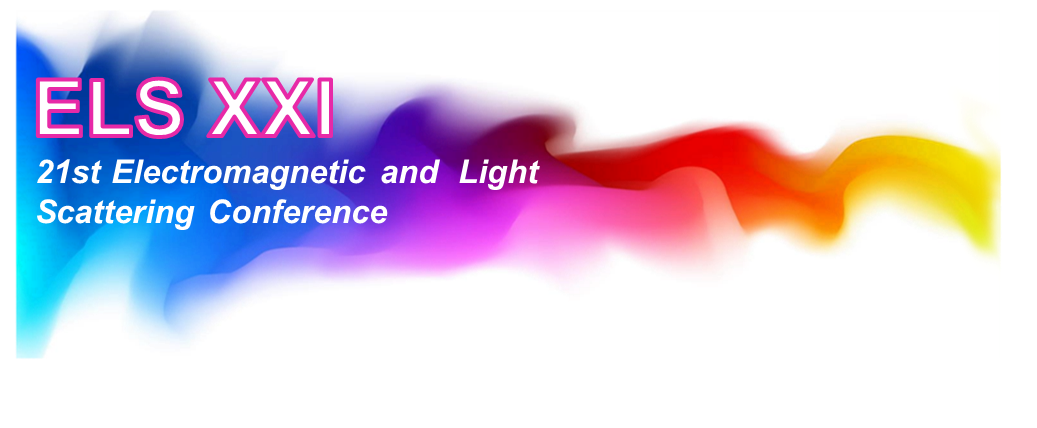THE CONFERENCE

21st International Conference on Electromagnetic and Light Scattering (ELS XXI)
June 23 – 27, 2025, Milazzo, Italy
ELS XXI will be held in June 23-27, 2025, in Milazzo, a town in Sicily, long referred to as “the pearl of the Tyrrhenian sea”.
The Electromagnetic and Light Scattering (ELS) XXI meeting will focus on theoretical, computational, and experimental advances in electromagnetic and light scattering by particles with arbitrary sizes, shapes, and optical properties.
Contributions will cover a broad range of topics from cosmic dust, atmospheric aerosols, remote sensing observations, particle detection and characterization, to optical trapping and nano-optics.
The specific topics that will be covered include (but are not limited to) the following:
New theoretical developments, numerical simulations, and laboratory measurements of light scattering by nonspherical and morphologically complex particles and particle groups
Detection and characterization of atmospheric particulates using laboratory, in situ, and remote sensing techniques
Scattering of light by terrestrial aerosols and clouds, oceanic particulates, solar system objects, exoplanets, stellar disks, and various
astrophysical objectsApplications of light scattering methods in biology and biomedicine
Near-field and coherent effects in light scattering, optical trapping, and manipulation
Light scattering methods to control material properties and technological applications
During the conference the winners will be announced of the prestigious young-scientists awards granted by Elsevier together with the Journal of Quantitative Spectroscopy and Radiative Transfer (JQSRT): the Richard M. Goody Award (2024 and 2025) for outstanding early-career scientists in the field of atmospheric radiation, remote sensing, and climate science, and the Peter C. Waterman Award (2024 and 2025) for outstanding early-career scientists who work on the theory and applications of electromagnetic scattering.
Moreover, the winners will be announced of the prestigious awards for senior scientists granted by Elsevier and JQSRT: the 2025 van de Hulst Light Scattering Award and the 2025 Michael I. Mishchenko Medal.
The conference is jointly organized by the Dipartimento di Scienze Matematiche e Informatiche, Scienze Fisiche e Scienze della Terra (MIFT) of the University of Messina and by the Istituto per i Processi Chimico-Fisici (IPCF) del Consiglio Nazionale delle Ricerche (CNR).
Website support. Dott.ssa Maria Irrera. Unità di Staff “Tecnologie Web e Mobile”, CIAM, University of Messina.
